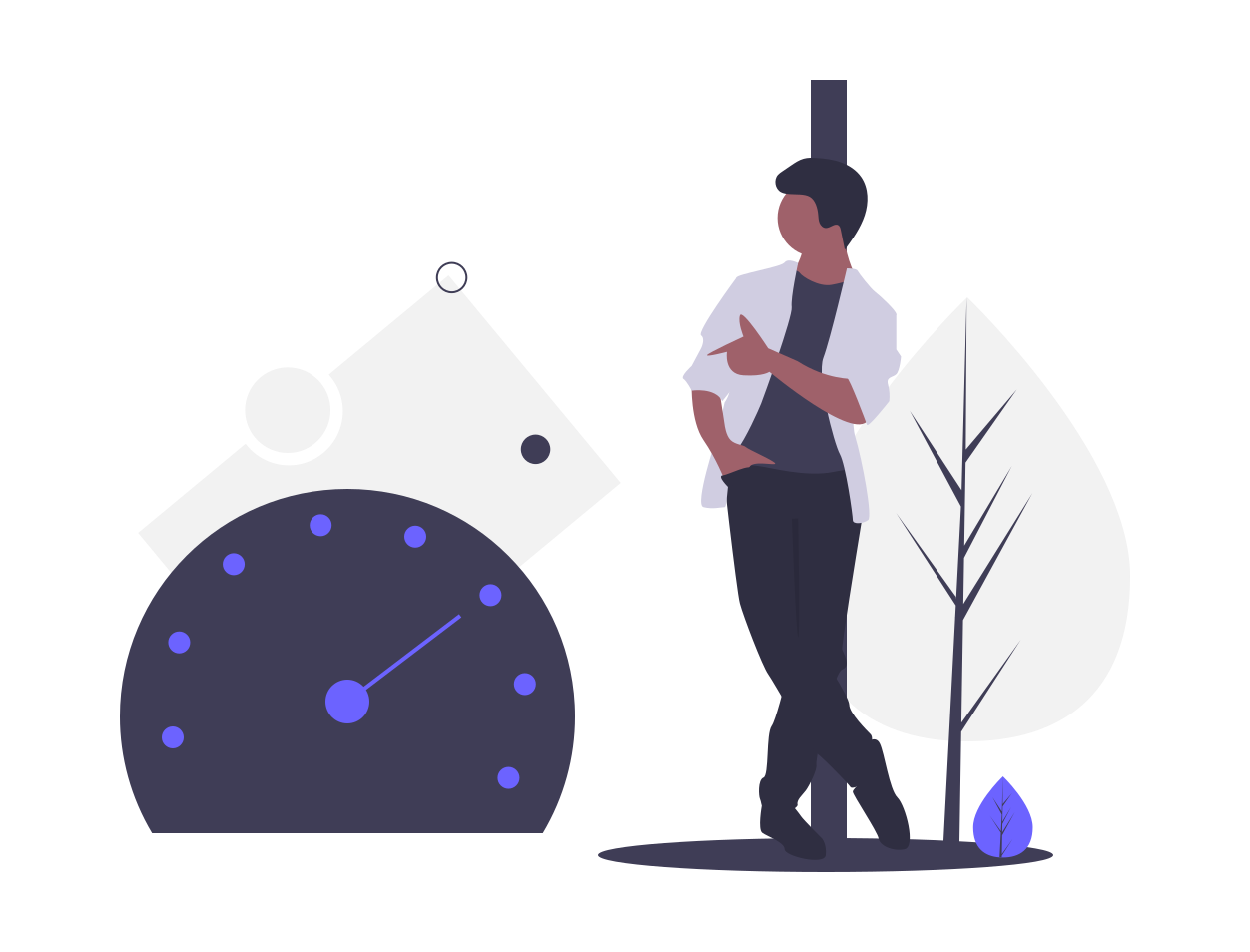In the digital landscape of the 21st century, artificial intelligence (AI) has emerged as both a driver of innovation and a harbinger of societal change. Among the various manifestations of AI, OpenAI’s ChatGPT stands out as a prime example of generative pre-trained transformers, rapidly becoming a staple in tech-driven environments. With its ever-expanding capabilities and widespread applications, the rise of ChatGPT has sparked debates and discussions across diverse fields, from education to business and even creative arts. In this post, we will explore the trajectory of ChatGPT, visualize its growing influence, and consider the implications of its dominance across various sectors.
The Genesis of ChatGPT
ChatGPT's journey began with the emergence of DeepAI’s Generative Pre-trained Transformer (GPT) architecture. The remarkable language capabilities of GPT-2 and GPT-3 laid the foundation for what would ultimately evolve into ChatGPT. By training on diverse datasets—from books to online articles, dialogues to encyclopedic content—ChatGPT gained a nuanced understanding of human language, vocabulary, and context. This foundational training inspired developers to apply ChatGPT's advantages in real-world scenarios, signaling the beginning of its ascendance.
The Features that Fuel Its Dominance
What sets ChatGPT apart? At its core, several key features contribute to its status as a leader in the AI landscape:
Natural Language Understanding:
ChatGPT excels in understanding context, humor, and nuances in language, allowing it to engage in coherent and meaningful dialogues.
Versatility:
Its ability to adapt to various applications makes ChatGPT a powerful tool across diverse domains—be it in customer service, educational settings, or content creation.
Accessibility:
OpenAI's API made it easy for developers to integrate ChatGPT into existing platforms, democratizing access to cutting-edge AI capabilities for businesses of all sizes.
Continuous Learning:
Through ongoing improvements and iterations, ChatGPT continues to evolve, integrating user feedback to enhance its performance and relevance.
These features position ChatGPT not just as a tool but as a burgeoning presence in the AI ecosystem, forever altering the way we interact with technology.
A Visual Representation of ChatGPT's Growth
To better understand the rising dominance of ChatGPT, it's helpful to conceptualize its trajectory through visual data. Below are several compelling visualizations that illustrate important metrics and trends associated with ChatGPT's development.
1. Adoption Rates Across Industries
Imagine a bar graph depicting the adoption rates of ChatGPT across various sectors such as education, healthcare, e-commerce, and the arts. The increasing percentage of organizations in each industry implementing ChatGPT over the past few years illustrates the technology's versatility and applicability.
Education (50%): Institutions are using it for personalized tutoring, administrative queries, and content creation.
Healthcare (30%): Chatbots for patient engagement and medical inquiries have begun employing ChatGPT.
E-commerce (40%): Businesses are increasingly relying on ChatGPT for customer service, product recommendations, and support.
2. User Interaction Growth
A line graph representing ChatGPT's user interactions—tracking both chat sessions and unique users—would reveal exponential growth over time. The initial spike around its launch could correspond to curiosity and experimentation. Subsequent growth phases might be punctuated by milestones such as new features, partnerships, or breakthroughs in language models.
3. Global Reach
A world map showcasing the geographical distribution of ChatGPT users could provide insight into its global influence. Countries with high tech adoption rates, such as the United States, Canada, and parts of Europe, would naturally show denser shades on the map. Emerging markets in Asia and Africa might also feature as significant new users, highlighting the global reach of AI technology.
4. Competitive Landscape
Lastly, a pie chart comparing market share between various conversational AIs would further illuminate ChatGPT's dominance. This visualization could show an overwhelming share for ChatGPT relative to competitors like Google’s Bard, Amazon’s Alexa, and others. The data highlights the competitive advantage that ChatGPT holds, fueled by its robust features.
Implications of ChatGPT’s Rise
As ChatGPT carves out its space in various sectors, several implications arise concerning its broader societal impact:
1. Transforming Workplaces
The integration of ChatGPT into workplaces signifies a shift towards augmented labor. By automating routine tasks and facilitating decision-making processes, employees can focus their efforts on more strategic and creative work. As mundane tasks become increasingly automated, we may witness a transformation in job roles, with an emphasis on interpersonal and cognitive skills.
2. Redefining Education
In the realm of education, ChatGPT has the potential to redefine the traditional classroom experience. Personalized learning, enablement of remote education, and the availability of AI-driven resources represent exciting possibilities. However, it also raises concerns about academic integrity and the potential over-reliance on AI solutions, necessitating a careful approach by educators.
3. Ethical Considerations
The rising power of ChatGPT brings ethical and regulatory considerations to the forefront. Issues surrounding bias in AI, data privacy, and misinformation generation require careful evaluation as organizations implement it in high-stakes environments. Striking a balance between technological advancement and ethical standards will prove essential for sustainable growth.
4. Cultural Impact
ChatGPT's influence permeates cultural production—be it literature, art, or music. As AI-generated content becomes more prevalent, discussions around originality, authorship, and the value of human creativity are bound to intensify. Will the creative arts be enriched by AI collaboration, or will it diminish the role of the human artist?
The Future of ChatGPT and Beyond
As we peer into the future, the trajectory of ChatGPT and similar AI technologies appears optimistic. Continuous advancements in AI research will likely yield more powerful and sophisticated models capable of tackling increasingly complex tasks. Integration with other technologies, such as augmented reality, will further expand the boundaries of what ChatGPT can achieve.
However, this optimism must be tempered with vigilance. Policymakers, developers, and society-at-large must collaborate to address challenges such as ethical concerns, the labor market shifts, and ensuring equal access to technology. The collective responsibility to shape the future of AI ensures that its benefits are maximized while potential pitfalls are mitigated.
Conclusion
In conclusion, the visualization of ChatGPT’s rising dominance highlights its remarkable trajectory and broad implications for various industries. The ease of accessibility, natural language understanding, and adaptability have made ChatGPT a compelling force in today’s AI landscape. As we chart its continued growth, we must remain mindful of the ethical and societal challenges that accompany such powerful technologies. The journey of ChatGPT is not just about observing an AI's rise; it is a dialogue about our future with technology and the ways it will shape our lives.










.jpg)






.png)
0 Comments